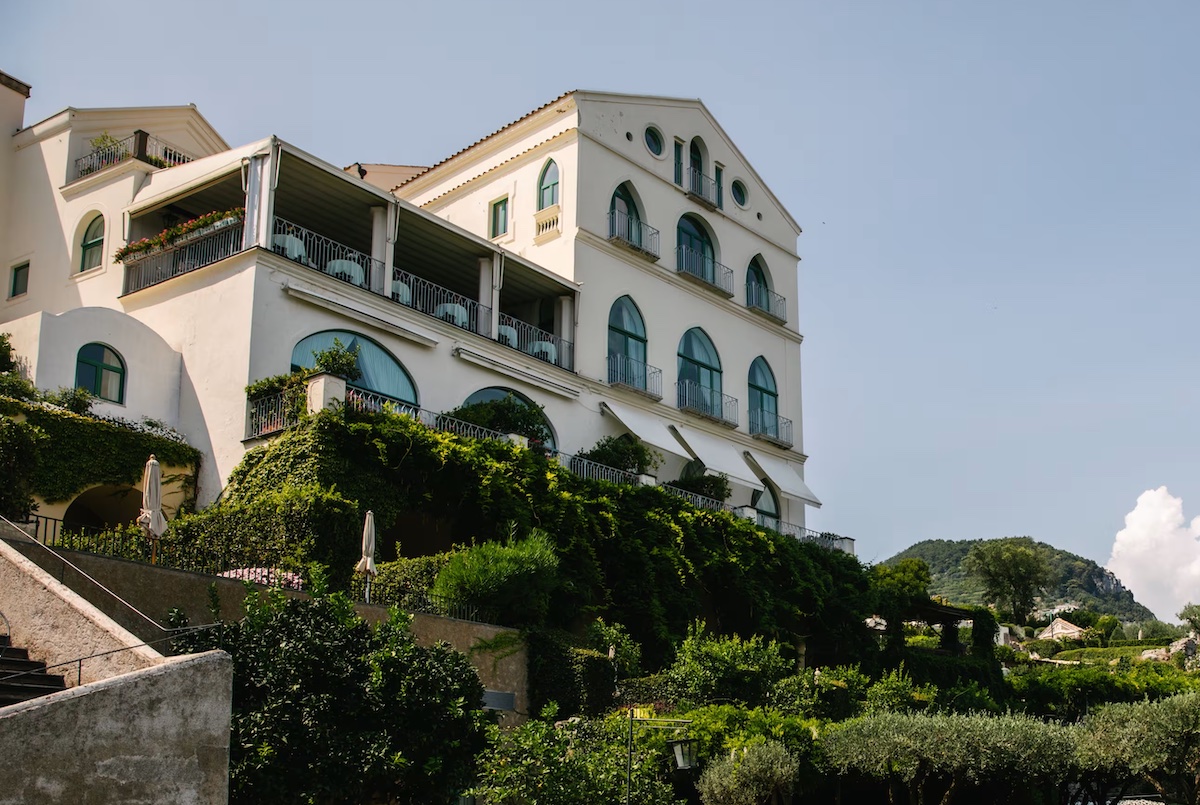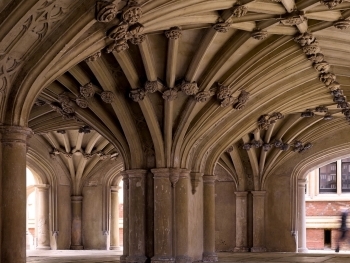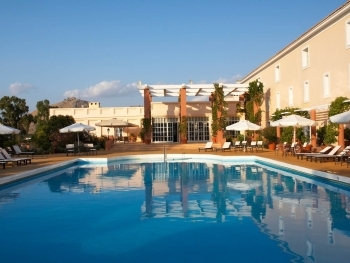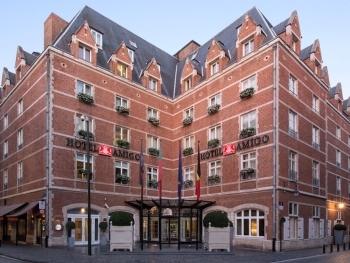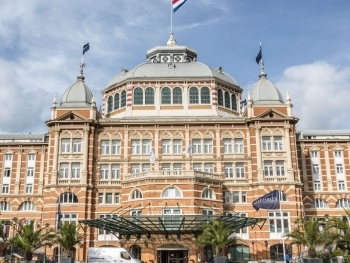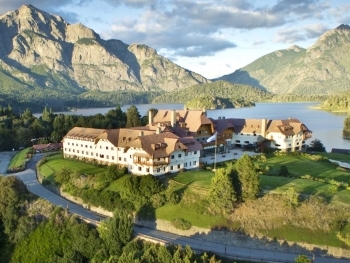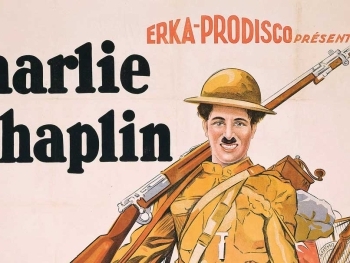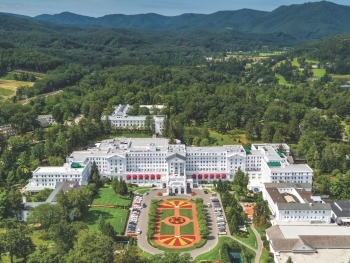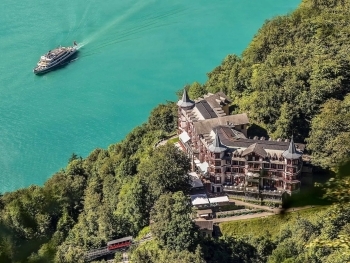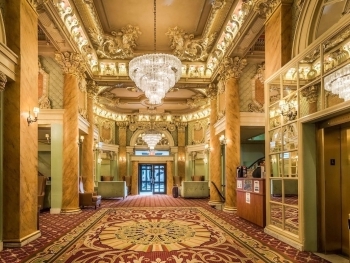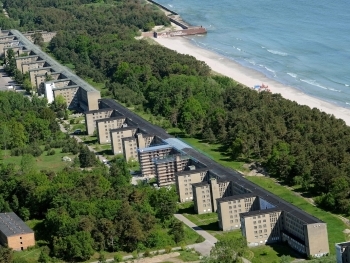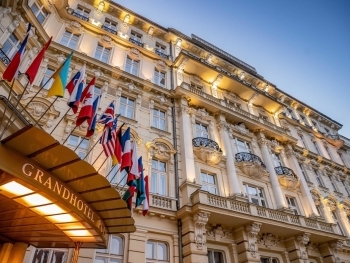Caruso Ravello has a history steeped in charm and prestige, dating back to 1893 when Pantaleone Caruso and his wife, Emilia Cicalese, embarked on a journey that would leave an indelible mark on the Amalfi Coast. Their venture began with the rental of five modest rooms within the Marquis D’Afflitto’s eleventh-century palace, where they established the enchanting "Pensione Belvedere". This name was aptly chosen, as it encapsulated the essence of the place: a vantage point overlooking majestic mountains cascading down to meet the azure sea.
Although reaching this secluded haven was no easy feat, the rewards awaiting the intrepid travelers were unparalleled. The vista of blooming lemon groves, verdant vineyards, and whitewashed rooftops set against the backdrop of the cerulean sky and sea left guests spellbound. The allure of Caruso Ravello extended beyond its scenic beauty; it offered a trifecta of delights – sumptuous cuisine, exquisite homemade wine, and, of course, the panoramic view.
Among its distinguished guests were luminaries of the literary and artistic world, including members of the illustrious Bloomsbury Group, such as Virginia Woolf and Lord Keynes. Notably, the hotel provided inspiration for Graham Greene's "The Third Man" and William Styron's "Set This House On Fire". Another notable figure drawn to Ravello's allure was Gore Vidal, who, introduced by Tennessee Williams, penned his iconic work "Myra Breckinridge" during his stay at room number 9, eventually making Ravello his permanent abode.
The fame of Caruso Ravello transcended continental boundaries when, in 1903, a journalist enamored with the hotel's charm extolled its virtues in a lengthy article published in The New York Times. This newfound acclaim attracted affluent Americans seeking respite on the European Rivieras, cementing Caruso Ravello's status as a coveted destination. What began as a modest inn soon blossomed into a grand hotel occupying the entirety of the palazzo, bearing the Caruso name alongside its original "Belvedere".
The legacy of Caruso Ravello is etched in the pages of its golden book, which bears the signatures of royalty, nobility, and artistic luminaries alike. From King Farouk of Egypt to the incomparable Arturo Toscanini, from the Hungarian Royal Family to Hollywood icons like Humphrey Bogart and Gina Lollobrigida, the hotel played host to a constellation of stars between the two World Wars. Yet, amidst the glitz and glamour, the golden book also bears testament to another facet of history – the refuge it provided to Allied forces during World War II, serving as a sanctuary for weary soldiers following the landing in Salerno.
Managed by Pantaleone's sons, Paolo and Gino, in the post-war era, Caruso Ravello retained its timeless charm. The grand fireplace, adorned with eighteenth-century frescoes, the terrace framed by Norman arches, and the verdant park teeming with pergolas and oleanders, all remained as enduring symbols of the hotel's allure. And, looming in the distance, the iconic Belvedere stood as a testament to the enduring legacy of Caruso Ravello – a sanctuary of serenity amidst the tumult of history.
